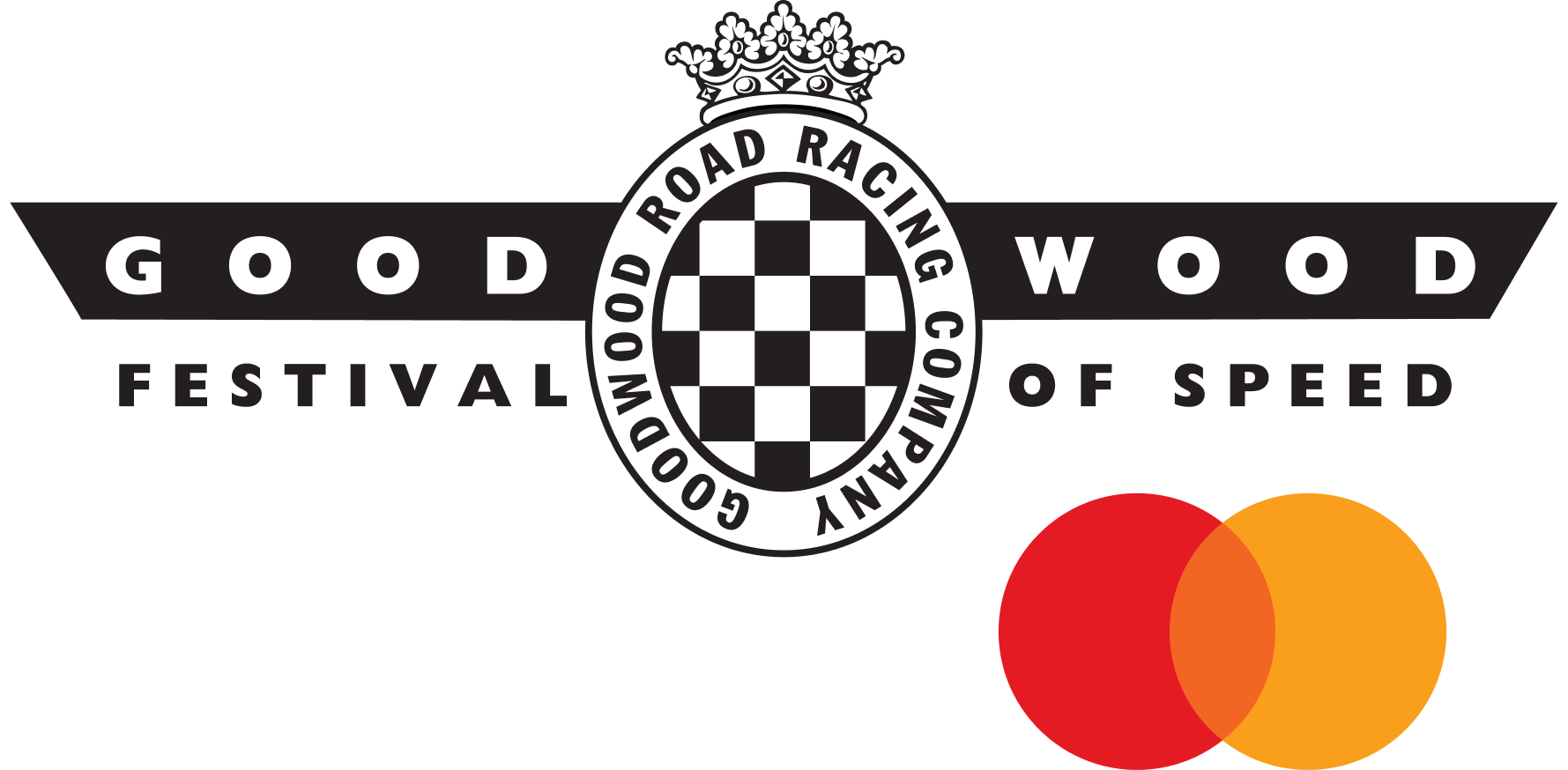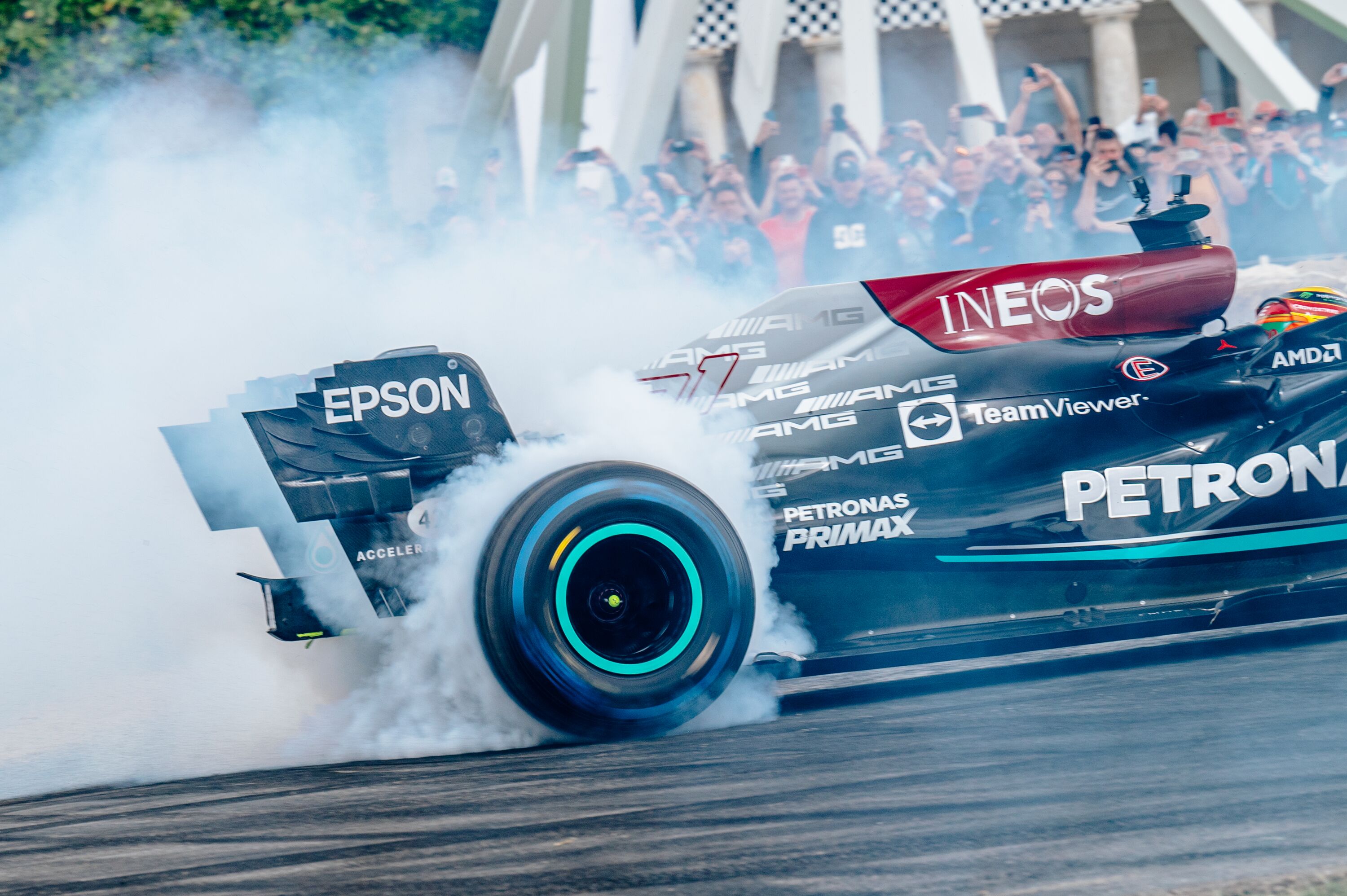Why James Hunt’s Hesketh win was his best
James Hunt wasn’t very good at leading motor races. He wasn’t very good at winning them either. But that changed once and for all 45 years ago, on 22nd June 1975, when the gangly, long-haired Englishman with the plummy public school accent beat the world’s best Formula 1 driver and car at the Dutch Grand Prix at Zandvoort.

It was the first of Hunt’s 10 F1 World Championship grand prix wins – as he’d admit, a much better tally than he managed in the whole of his junior single-seater career – and James would later credit it as his most important. Beating Niki Lauda and Ferrari that day, for the plucky Hesketh team few had ever really taken seriously, was confirmation of his capabilities not only for those around him in F1, but for Hunt himself. Without this win in the sand dunes of Zandvoort, he probably wouldn’t have become world champion in 1976.

Ronnie Peterson in the Lotus 72E leads James Hunt in the March 731 at the US GP, Watkins Glen, 1973.
Shaking off the ‘Shunt’ tag
Hunt’s chaotic capers in Formula Ford and Formula 3 offered few signals that here was a future world champion. Indeed, his regular calamities earned him the unfortunate nickname ‘Hunt the Shunt’. But when he graduated to F1 on the back of very little in terms of hard results with newly formed Hesketh Racing in 1973, he worked away at gradually shaking off the image problem. Soon there were clear signals that F1 would have to take him seriously.
It helped that Hesketh was a much more serious proposition than it sometimes appeared. By the early 1970s, the idea of a wealthy patron funding his own team to go motor racing at the highest level was already outdated, a relic of the past. But Lord Alexander Hesketh took no notice, did it anyway and vitally, hired the right people to run the operation properly – while he enjoyed the ‘social’ element of going motor racing. Under team manager Anthony ‘Bubbles’ Horsley, young designer Harvey Postlethwaite worked wonders with an off the peg March 731, turning it into the fastest customer car on the grid – and Hunt made the most of it. His chase of Ronnie Peterson at the season-closing United States GP at Watkins Glen netted an impressive second place, but was overshadowed by the death the previous day of Tyrrell’s handsome talent, Francois Cevert. Still, Hunt was on his way.

Hunt having won the non-championship F1 race at Silverstone, celebrating with team boss Anthony 'Bubbles' Horsely.
Making his point… without scoring points
For 1974, Postlethwaite took things up a notch by designing Hesketh’s own March-influenced F1 car, the 308. Slimline, elegant and finished in patriotic white with a red and blue stripe, the car, team and driver were ready to once more challenge a few perceptions. In Argentina, Hunt qualified fifth and even briefly led the race, before Peterson passed him and the day ended in a spin most would have been expecting. But back on home soil, at the traditional non-championship BRDC International Trophy at Silverstone, James took the next step in his racing education – and pulled off a memorable overtaking move to do so.
As ‘Le Patron’ Lord Hesketh helicoptered champagne-quaffing guests in from his nearby estate, his plucky little team of genuine racers got on with winning an F1 motor race for the first time. Hunt set pole position – by a massive 1.7 seconds! – then put in a stirring performance after a disastrous getaway. Lacking a clutch and blistering his hand on a broken gearlever, James beat a decent field featuring Lotus, McLaren, Surtees, BRM and Brabham that had convened just eight days after the South African Grand Prix.
Not for the first time nor the last, a setback sparked the fire that ignited the best from ‘Master James’: having plummeted down the order from the start he was up to fourth by lap seven, which quickly became third. By lap 13 he was past future McLaren team-mate Jochen Mass, driving then for BRM, then zeroed in on leader Peterson. Think of ‘Super-Swede’ and images of his Lotus 72 on opposite lock at Woodcote are never far from our minds – but it was at ‘Ronnie’s corner’ that Hunt swept past, Peterson struggling with a chunking left rear on his radical Lotus 76 before his Cosworth DFV tightened and seized. This was Hunt and Hesketh’s day – blisters be damned.
Drawing a line in the sand
A trio of third-place podiums in points scoring grands prix kept the momentum building through ’74, before his true coming of age moment arrived at Zandvoort early in the following summer. At the time, Lauda and his beautiful, new Ferrari 312T were firmly on top after three consecutive victories – and the Austrian duly took pole position at the Dutch GP. But the next day, Hunt and Hesketh would win fair and square, purely on merit.
The race started in the rain, with Lauda taking the lead as team-mate Clay Regazzoni slipped behind Jody Scheckter’s six-wheeled Tyrrell P34 and a determined Hunt. Now James showed a sensitivity and racing intelligence some would continue to overlook by stopping early for slick tyres – and once the others also came in and swapped, the Hesketh was now at the front. But there was still a long way to go – and plenty of time for another mistake under pressure.
Now down in third, Lauda fought hard to deal with Jean-Pierre Jarier’s Shadow which had risen to second after the stops. On lap 44 he was finally past and with 31 laps still to run set after the Hesketh. No one was surprised when the Ferrari closed the gap and latched on to the Hesketh’s tail – but now Hunt refused to conform to his reputation. It was time to rub out the trademark of buckling under pressure.
The Ferrari’s flat 12 gave Lauda a power advantage down the main straight, but with the Hesketh running a touch more wing and Hunt taking a tight line into the key overtaking point at Tarzan, the first corner, the laps ticked by, the tension built and James seemed to grow in confidence. There would be no clanging errors today, as he soaked up all Lauda could throw at him to score a victory that any driver would have been proud of.
Nothing could stop Lauda sweeping to his first world championship in ’75, but Hunt would finish a respectable fourth in the points behind him. For Hesketh, Zandvoort would prove the zenith as Le Patron’s funds began to dry up and the champagne fizz began to go flat. James would make a surprise switch to McLaren for ’76 in the wake of Emerson Fittipaldi’s shock decision to put his faith in his brother’s Brazilian Copersucar-backed team, setting in motion one of the greatest and most dramatic stories in F1 history.
Zandvoort ’75 was merely a prelude to all that would follow – but on that day in the dunes, Hunt always said he “completed his training” in his Hesketh. Now he was ready and waiting to conquer the F1 world.
Images courtesy of Motorsport Images.
James Hunt
Formula 1
F1 1975
Niki Lauda
Clay Regazzoni
Jochen Mass
Hesketh
March


































































